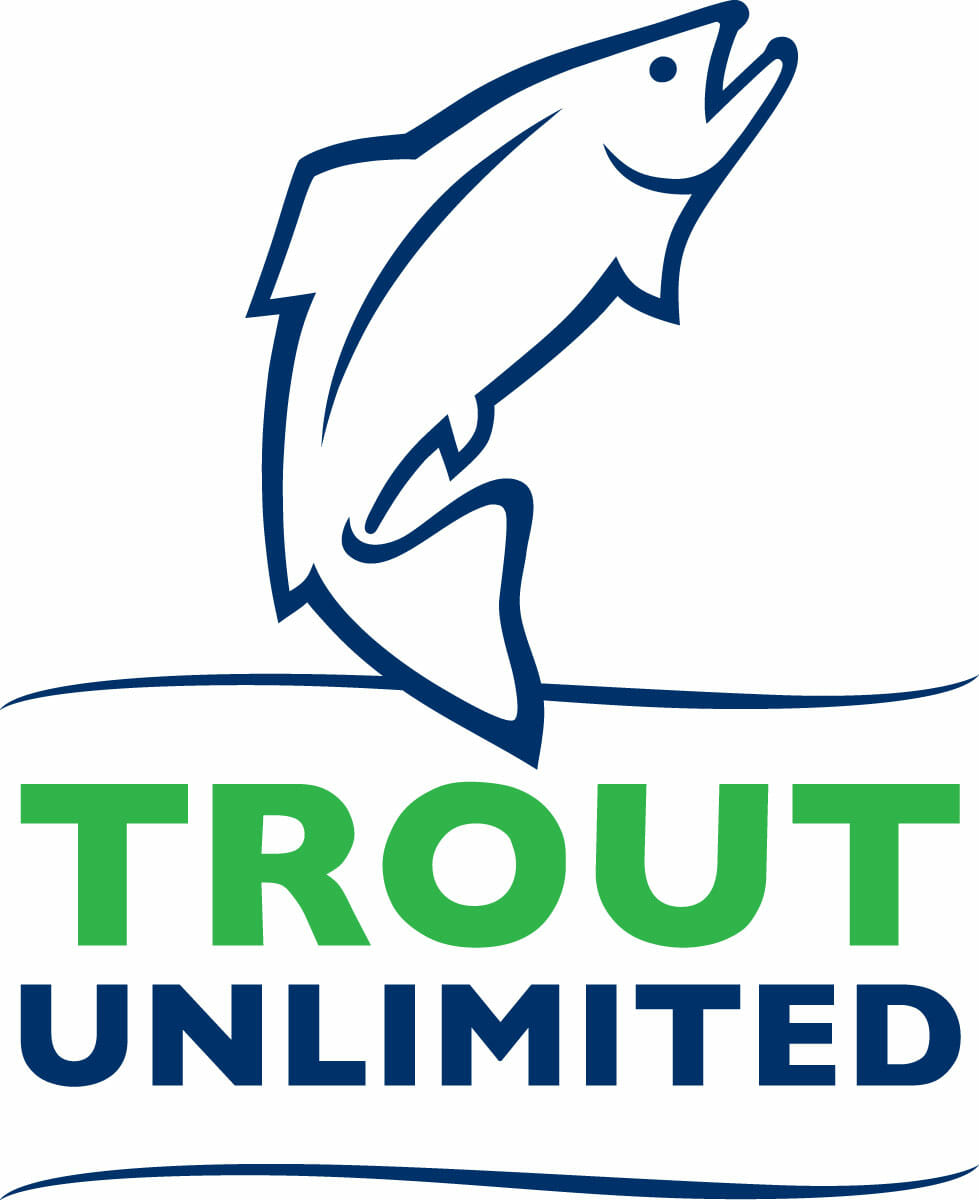
FOR IMMEDIATE RELEASE
April 12, 2018
Contact: Rob Masonis, VP for Western Conservation, Trout Unlimited, rmasonis@tu.org, 206-491-9016
Nick Chambers, Wild Steelhead Initiative Organizer, nchambers@tu.org, 541-908-1329
Trout Unlimited and Wild Steelheaders United applaud decision to re-open Skagit River wild steelhead fishery, call for additional analysis of fishery impact limits to ensure consistency with recovery
SEATTLETrout Unlimited (TU) and Wild Steelheaders United (WSU) today applauded NOAA Fisheries for its decision to approve a fishery management plan for Skagit River wild steelhead proposed by the Washington Department of Fish and Wildlife (WDFW) and three tribes with treaty-based fishing rights in the Skagit River Basin. With the plan’s approval, WDFW has announced a short sport-fishing season in April.
TU and WSU have supported opening a well-managed fishery based on relatively strong wild steelhead returns in recent years. However, our organizations are concerned that the 20-25% allowed mortality when the Skagit is expected to have relatively strong returns could impede wild steelhead recovery and jeopardize future fishing opportunity. TU and WSU urge NOAA Fisheries, WDFW and the Skagit Basin tribes to take a closer look at the science upon which the harvest levels are based prior to the opening of the 2019 season.
Rob Masonis, vice president for western conservation for Trout Unlimited and a longtime Washington steelhead angler, said, This is a big win for anglers. Wild steelhead in the Skagit have recovered sufficiently to provide a catch-and-release sport fishery as a well as a limited tribal fishery. While recent gains in wild steelhead abundance and the opening of fisheries are cause for celebration, we must make sure that these fisheries are appropriately managed to enable wild steelhead to continue to rebuild.”
John McMillan, TUs steelhead science director, said, Tens of millions of dollars are being spent in the Skagit Basin to restore steelhead and salmon habitat, so we need to make sure that enough fish are able to spawn and use that habitat. If we don’t let enough wild steelhead ‘escape’ the fisheries, we will squander taxpayer dollars and jeopardize fishing in the future. We need to take the long view here, both for wild steelhead conservation and fishing opportunity.”
McMillan said that to help make the new plan successful anglers will need to handle fish properly and make sure other anglers follow the rules. Sport fishing for wild steelhead is a privilege, not a right, he said. The lack of fishing opportunity for the past nine years should be a powerful reminder of the need for anglers to become stewards of the Skagit River and its wild steelhead.
The five-year plan provides for an annual catch-and-release sport-fishing season that could run from February through April, in addition to a tribal harvest fishery. The plan allows for different mortality rates depending on the projected run size. In the sport-fishery, mortality is assumed to be 10% for fish that are caught and released. The tribes and sport anglers are each allocated 50% of the allowable mortality.
Washington once offered the greatest concentration of quality steelhead fisheries in the Lower 48, and the Skagit River was the crown jewel. However, wild steelhead declines forced many fishery closures. The Skagit and its major tributary, the Sauk River, closed in 2010, three years after all wild steelhead populations in Puget Sound rivers were listed under the Endangered Species Act. Since 2009, the number of wild steelhead returning to the Skagit Basin annually has increased from 2,500 to an average of nearly 7,000, and it is by far the most productive wild steelhead system in Puget Sound.
TU and WSU commend WDFW and the Skagit Basin tribes for developing a joint fishery plan that enables sport and tribal anglers to get back on the water — and helps the economies of towns such as Darrington, Marblemount and Concrete.
Anglers are keenly aware of the condition of our wild steelhead rivers and can be powerful advocates for their conservation, said TUs Masonis. If we want healthy, productive rivers with resilient wild steelhead, we need to keep anglers on the water when wild steelhead populations can handle it. We are very pleased to have played a significant role in re-opening this legendary steelhead water for angling, and we will continue to work diligently to make sure the fishery is properly managed.
###
Wild Steelheaders United (www.wildsteelheaders.org) is an organization of some 8,000 steelhead anglers dedicated to restoring and sustaining wild steelhead populations and fisheries across their historic range in the Western U.S. WSU is part of Trout Unlimited’s Wild Steelhead Initiative. Trout Unlimited (www.tu.org) is America’s largest and oldest sportsmen’s organization dedicated to conserving, protecting and restoring trout and salmon and their watersheds, with 300,000 members and supporters and more than 400 chapters nationwide.



